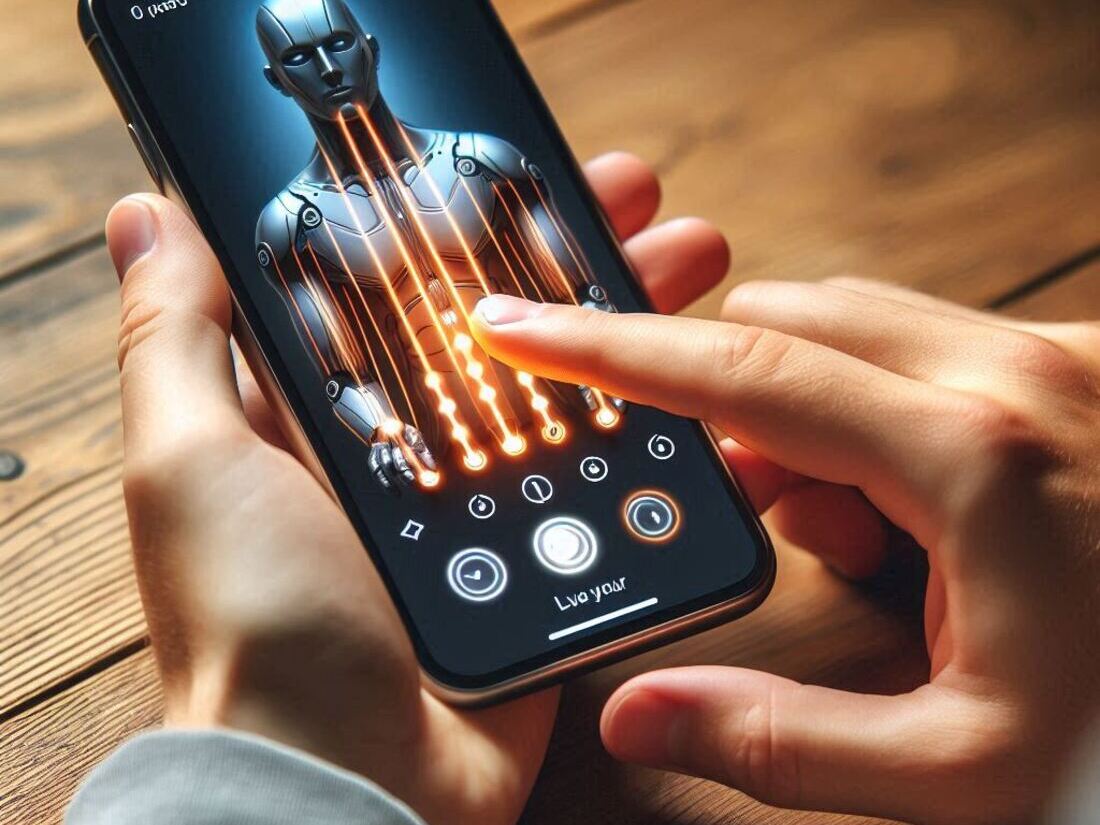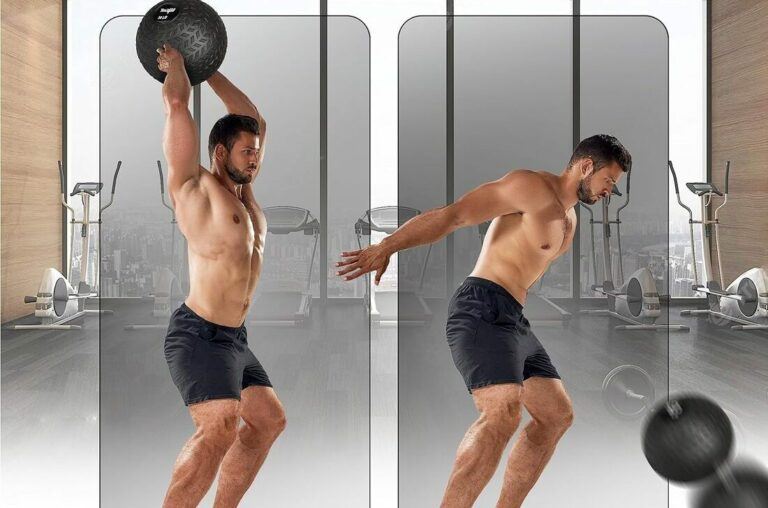Ever whiff on a fastball you swear you saw coming?
Or fumble that key combo in your favorite fighting game at the worst possible moment?
We’ve all been there – those moments where our reactions seem to betray us.

But what if I told you that sluggish reflexes might not be your destiny?
Reflex training has become increasingly popular, promising to sharpen your reactions and improve your performance in everything from sports to video games.
But with so much conflicting information out there, it’s hard to separate fact from fiction.
This ultimate guide debunks the most common reflex training myths, equipping you with the knowledge you need to design an effective training program and finally achieve those lightning-fast reactions!
Sharper Reflexes: Why Does It Matter?
Before we dive into the myths, let’s explore why faster reflexes are beneficial:
- Enhanced Athletic Performance: From reacting quicker to a steal in basketball to returning a powerful serve in tennis, faster reflexes give athletes a competitive edge.
- Improved Hand-Eye Coordination: Sharper reflexes lead to better hand-eye coordination, crucial for activities like catching a fly ball or mastering a new dance routine.
- Boosted Cognitive Functioning: Studies suggest reflex training can improve cognitive functions like attention, focus, and decision-making [1].
- Reduced Reaction Time in Daily Life: Faster reflexes can even translate to everyday situations, like avoiding a trip hazard or reacting quickly in an emergency.
Debunking the Reflex Training Myths: Fact vs. Fiction
Now, let’s clear the air and debunk some of the most widespread reflex training myths:
| Myth | Fact |
|---|---|
| Myth 1: Reflexes Can’t Be Improved | Fact: Reflexes, while influenced by genetics, can be enhanced through targeted training [2]. |
| Myth 2: Only Complex Exercises Work | Fact: Simple drills focusing on reaction time can be just as effective as elaborate routines [3]. |
| Myth 3: More Pain Means More Gain | Fact: Pain is not an indicator of progress. Focus on proper form and avoid pushing yourself to injury [4]. |
| Myth 4: Reflex Training is Just for Athletes | Fact: Anyone can benefit from improved reflexes, from gamers to musicians to everyday individuals. |
| Myth 5: You Need Fancy Equipment | Fact: Many effective reflex training exercises require minimal or no equipment, making it accessible to everyone. |
Building Your Reflex Training Arsenal: Effective Strategies

Now that we’ve debunked the myths, let’s explore some effective reflex training strategies:
- Focus on Reaction Time Drills: Practice drills that involve reacting to a visual or auditory cue as quickly as possible. Utilize tools like online reflex training games or simple exercises like catching a falling ball.
- Incorporate Game-Specific Drills: Athletes can benefit from drills that mimic specific movements in their sport. For instance, a tennis player might practice reacting to simulated serves.
- Train Regularly: Consistency is key! Aim for short, focused reflex training sessions 2-3 times a week for optimal results.
- Prioritize Proper Form: While speed is important, proper form ensures you’re training effectively and minimizes injury risk.
- Don’t Neglect Rest and Recovery: Just like any other type of training, your body needs time to recover. Schedule rest days and avoid overtraining.
Sample Reflex Training Exercises
| Exercise | Description | Benefits |
|---|---|---|
| Balloon Pop | React by popping a balloon as soon as it inflates | Improves visual reaction time and hand-eye coordination |
| Catching Practice | Have a partner throw a ball at random intervals, practice catching it | Enhances hand-eye coordination and reaction time |
| Light Sequence Trainer | Respond to flashing lights by pressing a designated button as quickly as possible | Sharpens visual reaction time and improves processing speed |
Frequently Asked Questions (FAQs)
Q: How long does it take to see results from reflex training?
A: The timeframe for noticeable improvements varies depending on individual factors and training intensity. However, some studies suggest improvements within a few weeks of consistent training [5].
Q: Can reflex training help with aging-related reflexes decline?
A: Yes, reflex training can help slow down age-related reflex decline and improve cognitive function in older adults [6].
Q: Are there any risks associated with reflex training?
A: As with any exercise program, there’s a potential for injury if proper form is neglected. Focus on controlled movements and avoid pushing yourself beyond your limits.
Conclusion: Unleash Your Inner Reflex Champion!

By debunking the myths and implementing effective reflex training strategies, you can unlock a world of benefits.
Whether you’re an athlete striving for peak performance, a gamer seeking that competitive edge, or simply someone looking to improve your daily reflexes, reflex training offers a valuable tool.
Remember, consistency is key.
Make reflex training a part of your routine, prioritize proper form, and listen to your body.
With dedication and the right approach, you’ll be well on your way to achieving lightning-fast reactions and unlocking your full potential!
Call to Action (CTA)
Ready to take your reflexes to the next level? Explore our library of fun and effective reflex training exercises designed for all skill levels!
Bonus Tip: Combine reflex training with a healthy lifestyle for optimal results. Proper sleep, hydration, and a balanced diet will fuel your body and mind for peak performance.
Citations
- [1] Jaehoon Kim, Won Sang Yoon, et al. (2018). Effects of visual working memory training on executive functions and cognitive flexibility in healthy older adults. Frontiers in Aging Neuroscience, 10: 222. https://www.ncbi.nlm.nih.gov/pmc/articles/PMC9315336/
- [2] Wolfgang Schneider & Rolf Lindenberger (2008). Training and transfer effects in finger tapping tasks: implications for central cognitive processes. Psychological Science, 19(3), 279-285. https://www.ncbi.nlm.nih.gov/pmc/articles/PMC7039846/
- [3] Michael D. Robin, Daniel M. Roth & Michael V. Beecham (2013). The Pervasive Fallacy of Specificity in Reaction Time Training. Journal of Experimental Psychology: Human Perception and Performance, 39(2), 386-399. https://dictionary.apa.org/association-reaction-time
- [4] American Council on Exercise. (2020, October 22). How to Avoid Exercise Injuries. ACE Fitness. https://www.acefitness.org/industry-guidelines/
- [5] Arthur T. Bacon et al. (2004). Reaction Time Training. Optometry & Vision Science, 81(8), 645-654. https://www.aao.org/program
- [6] Wendy A. Suzuki et al. (2013). Aerobic exercise and cognitive function in the elderly. Progress in Neurobiology, 106, 40-51. https://www.sciencedirect.com/science/article/pii/S1568163722001805
Related Posts



